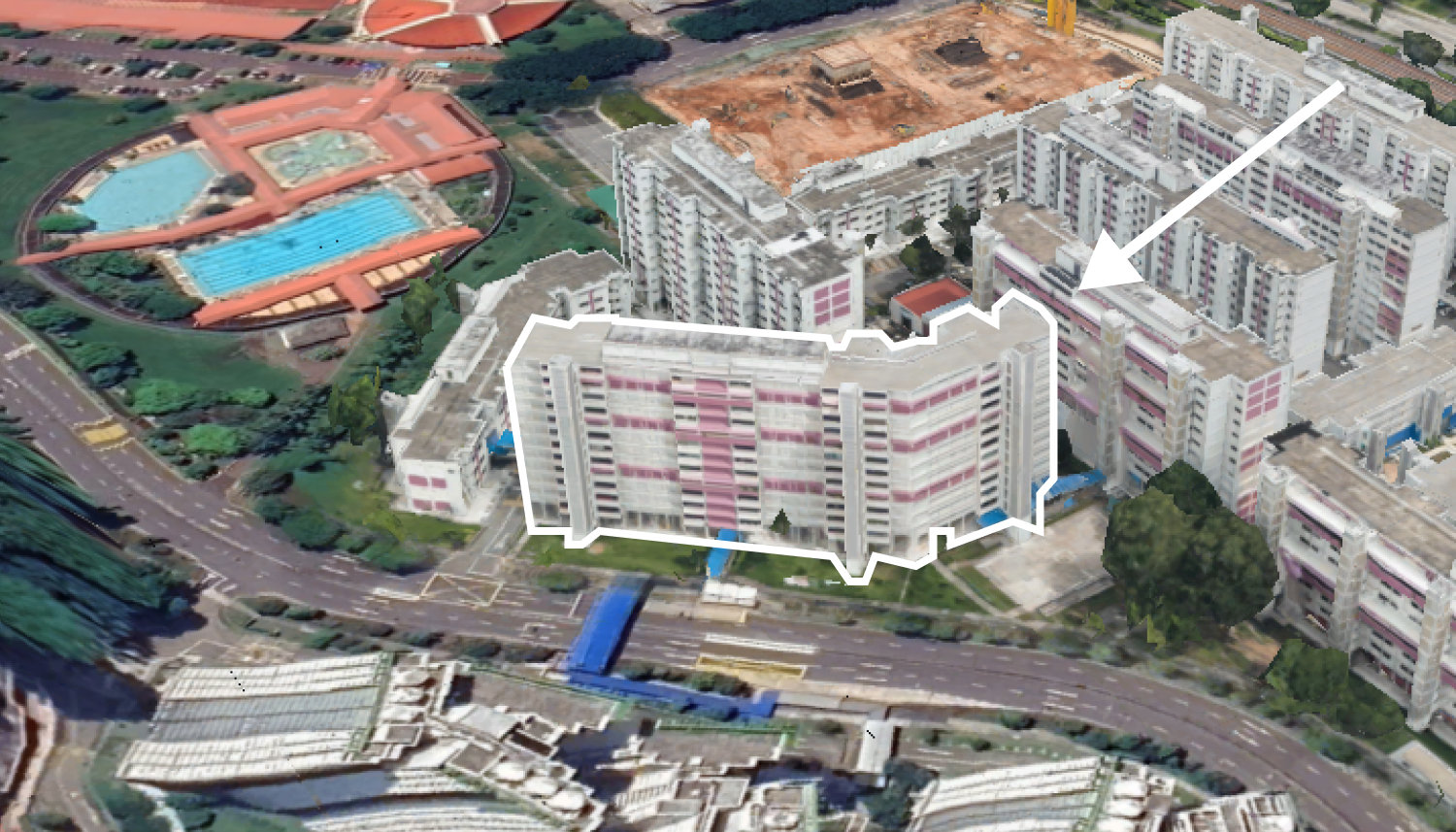Property Market Predictions In 2021: Have Cooling Measures Been Effective? (A Savills Research Recap)
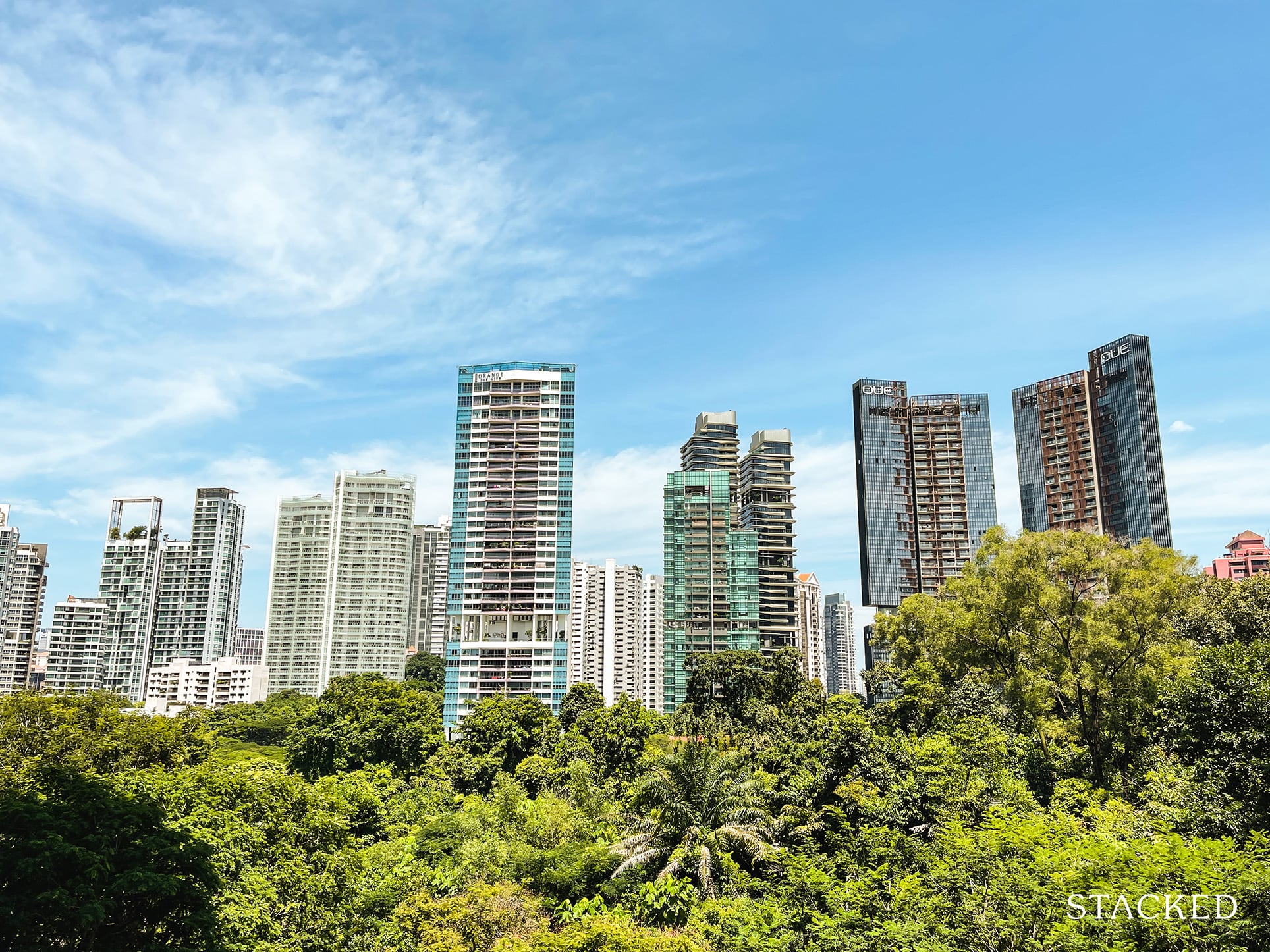
Get The Property Insights Serious Buyers Read First: Join 50,000+ readers who rely on our weekly breakdowns of Singapore’s property market.
A seasoned content strategist with over 17 years in the real estate and financial journalism sectors, Ryan has built a reputation for transforming complex industry jargon into accessible knowledge. With a track record of writing and editing for leading financial platforms and publications, Ryan's expertise has been recognised across various media outlets. His role as a former content editor for 99.co and a co-host for CNA 938's Open House programme underscores his commitment to providing valuable insights into the property market.
In the Savills blog, executive director Alan Cheong recently examined the correlation between Singapore’s GDP, and rising property prices. In this recap, we’ve picked out the crucial points that we feel are most useful to home buyers/investors right now; along with some thoughts and on-the-ground observations.
First, why align home prices to GDP?
This was the first area we looked at, since it’s often asked whether home prices should have any relation to GDP. Savills highlighted the following advantages, in aligning the two:
- Prevents further deterioration or improvement of a modified Gini coefficient for asset prices (the Gini coefficient is one way to describe inequality. In a broad sense, the division between haves and have-nots in Singapore is well reflected by the kind of housing we buy.
- Reduce odds of overconsumption in residential real estate (prevents too much buying into residential properties)
- Matches changing home prices with productivity changes*
- Keeping household debt in check
*We’re aware there are arguments about the relationship between GDP and productivity, but it’s outside the scope of this recap
There are downsides to this approach as well. One notable example is that it sometimes helps to have home prices high when the GDP falls, given our high home ownership rate.
If you lose your job in a bad economy and need to downsize, for instance, it’s helpful if home prices are high, so you can sell your condo for more. This could work for Singapore given that 90 per cent of the population are home owners, with a property asset.
So how well do current prices match our GDP?
The Savills article notes the current correlation is “already quite good”.
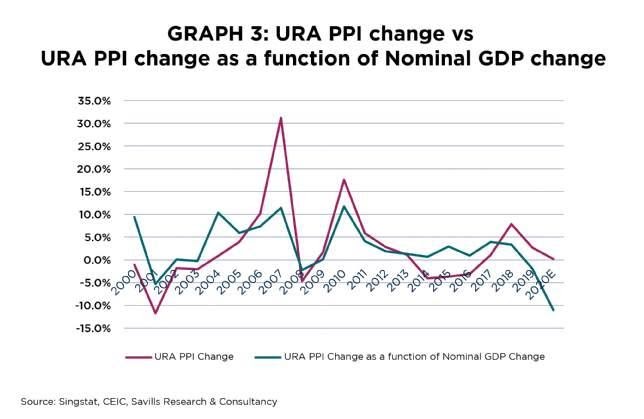
The tracking error, or the degree of difference between nominal GDP and the URA PPI, was at 6.92 per cent between 2000 and 2020. It was at 6.34 per cent between 2013 and 2020.
While there’s no full proof way to identify what causes private property prices to deviate from the wider economic situation, Savills did say that over the decades, the causes have shifted from the economic to the psychological.
Some of the factors they identified as relevant are:
(Everything in parentheses is our addition)
- HDB resale prices (if these are a lot cheaper, they may be preferred to a smaller condo unit, and vice versa)
- Land bid prices (the more expensive the land, the more the developer has to charge you)
- Land supply, including the number of GLS sites (when available land is scarce, prices for the land go up, and the number of potential new homes goes down)
- Alternative investment channels (during a recession, investors sometimes flee from equities markets, or find that low interest rates make fixed-income products unattractive; and they may rush into the property market instead)
- Immigration policy toward higher skilled foreigners (these tend to be more highly-paid, and are more likely to buy homes or rent private properties)
- Policy intervention (cooling measures, loan curbs, eligibility restrictions, and so forth)
- Technology (consider the impact of being able to search property prices instantly, in a wide radius, via a property portal. This was a huge game changer from the past, when prices were more opaque to home buyers)
Policy measures are probably the most visible and dramatic factor; and authorities use them to try and reign in (or let loose) prices to better match the wider economic reality.
However, Savills notes that certain policy intervention methods, such as ABSD, do not “self-correct when markets reverse course”. For example, the ABSD rate doesn’t go down if property prices fall.
This can lead to measures that overcompensate, and distort the market. The example given was between 2012 to 2017, when property prices fell behind GDP growth due to cooling measures.
In addition, the cooling measures can cause “adaptive expectations”. As we’ve also found in recent cases, people may react to fears of cooling measures by accelerating their purchase (they want to buy before new measures kick in).
Cooling measures that “price out” segments of the population can also increase underlying demand, as an emotional effect. Part of the appeal of a $15,000 handbag, for example, is how unaffordable it is.
More from Stacked
My Experience As A Child Moving From A Landed To An HDB And Back To Landed: Why I Preferred HDB Living Anyway
When it comes to choosing our housing, our children often don’t get a vote; even though we like to think…
While cooling measures have helped prices to track the GDP, there are potential long-term drawbacks
The Savills article notes that each time a cooling measure kicks in, prices “flatline for a period thereafter” and then rise again. When they do rise, they tend to shoot up faster than actual economic growth.
The reasons why prices recover so quickly after cooling measures are:
- Belief in land scarcity in Singapore, and the related belief that property prices can only rise
- Singapore courts new growth industries, with lucrative salaries. This contributes to more demand for private properties.
- Singaporeans’ liquid assets have been growing faster than nominal GDP:
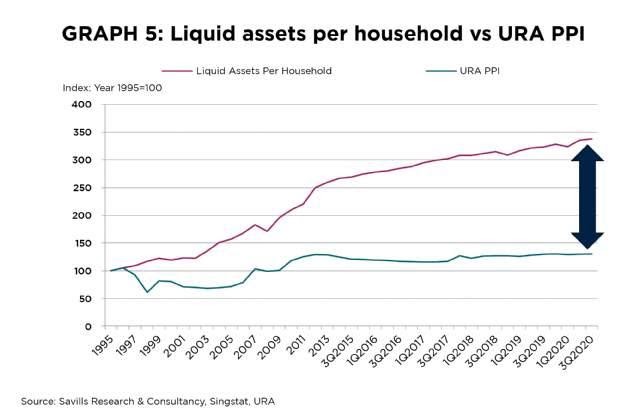
Liquid assets among our households grew at around 3.8 per cent per annum, between 2013 and 2020. In the same time, nominal GDP only rose about 2.6 per cent.
Because Singaporeans store up wealth faster than the wider economy grows, we can still see demand and home prices rising even in rough economic conditions. The article suggested this is overall a negative – it can lead to further cooling measures being used to restrain demand, and even more market distortions.
- An ageing population of private home owners
The number of older Singaporeans (50 to 69 years old) owning private property was around 87,503 in 2000. As of 2020, the number has grown 2.5 times, to 221,274.
When these older Singaporeans retire and downgrade, they will drive up the cost of their right-sized homes (e.g., resale flats or smaller condo units). At the same time, they could provide sufficient wealth to their children, to result in a demand for two residential properties in the next generation.
(Singapore’s shrinking population also contributes to this, as the accumulated wealth is distributed between fewer children).
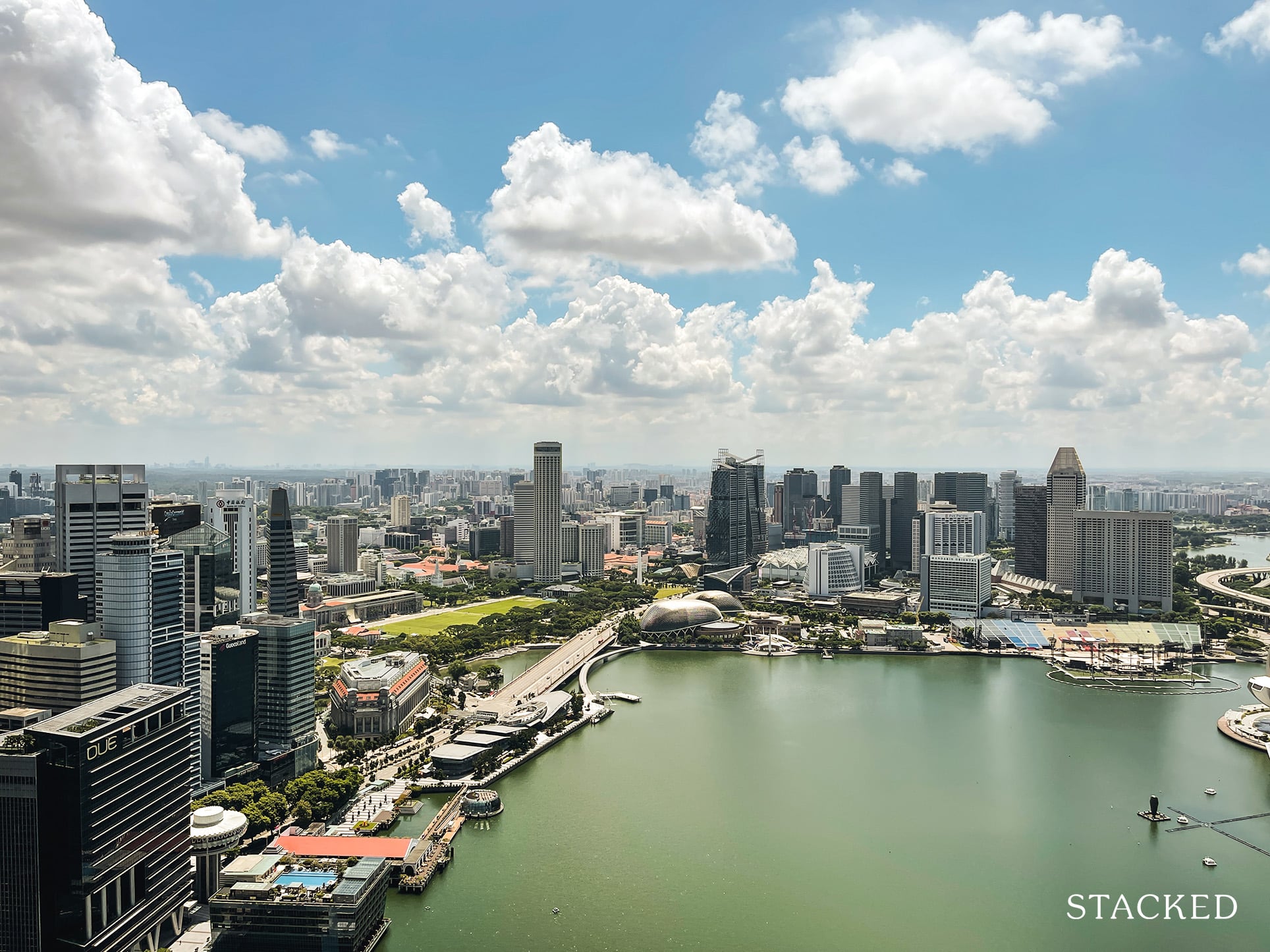
Property Trends4 Ways Singapore Population Trends Can Impact Home Buyers
by Ryan J. OngWith regard to sales volumes, it’s mostly the number of developer launches is what correlates to new sales
The article pointed out that many of the “intuitive” variables, which we would assume correlate well to developer sales, actually don’t. From 2004 to 2020, factors such as:
- GDP
- Home loan rates
- Household assets
- Unemployment rates, and
- URA Property Price Index (URA PPI)
All didn’t show “significant” correlation to developer sales. Rather, it was developer launches (from 2000 to 2020) that showed the best correlation:
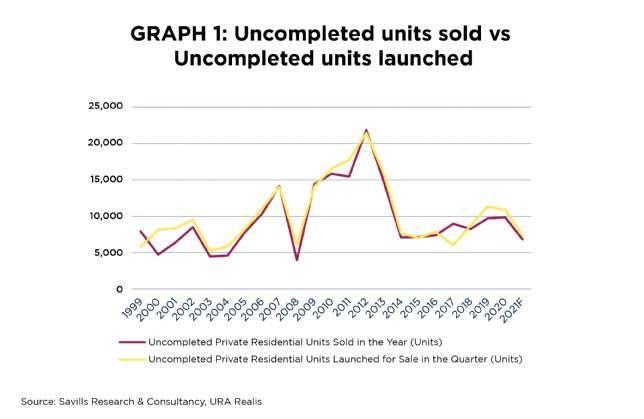
Overall, it suggests to us that developers can move units, almost regardless of how well the wider economy is doing!
This could be a further enticement to impose cooling measures, as we can see even mega-developments selling out despite the biggest GDP contraction on record last year.
Cooling measures may be a case of kicking the proverbial can down the road
The article notes that cooling measures have been created “to lower demand by reducing affordability”. In the immediate sense, this widens the inequality in property ownership – the wealthy can buy their homes right now, while the less affluent take an even longer time to afford an upgrade.
When the latter can finally afford a property, they could race to meet their aspirations by stretching their finances. Also, if the concept of cooling measures becomes normalised (as we at Stacked think it has been), it creates a constant demand.
If you don’t buy now, it could be less affordable when (not if) the next round of cooling measures kicks in. This mindset would be a worrying development, and we agree it’s a contributing reason as to why Singaporeans buy regardless of wider economic issues.
The original article is on Savills and goes into much more detail, but these are what we feel are key points of interest to buyers.
As always, we suggest you stick to the parameters of affordability when buying. Try not to let fear of cooling measures, or relatives getting rich with their homes, be the main drivers.
For more on the Singapore private property market, and in-depth reviews of new and resale developments alike, follow us on Stacked.
If you’d like to get in touch for a more in-depth consultation, you can do so here.
Ryan J. Ong
A seasoned content strategist with over 17 years in the real estate and financial journalism sectors, Ryan has built a reputation for transforming complex industry jargon into accessible knowledge. With a track record of writing and editing for leading financial platforms and publications, Ryan's expertise has been recognised across various media outlets. His role as a former content editor for 99.co and a co-host for CNA 938's Open House programme underscores his commitment to providing valuable insights into the property market.Read next from Property Market Commentary
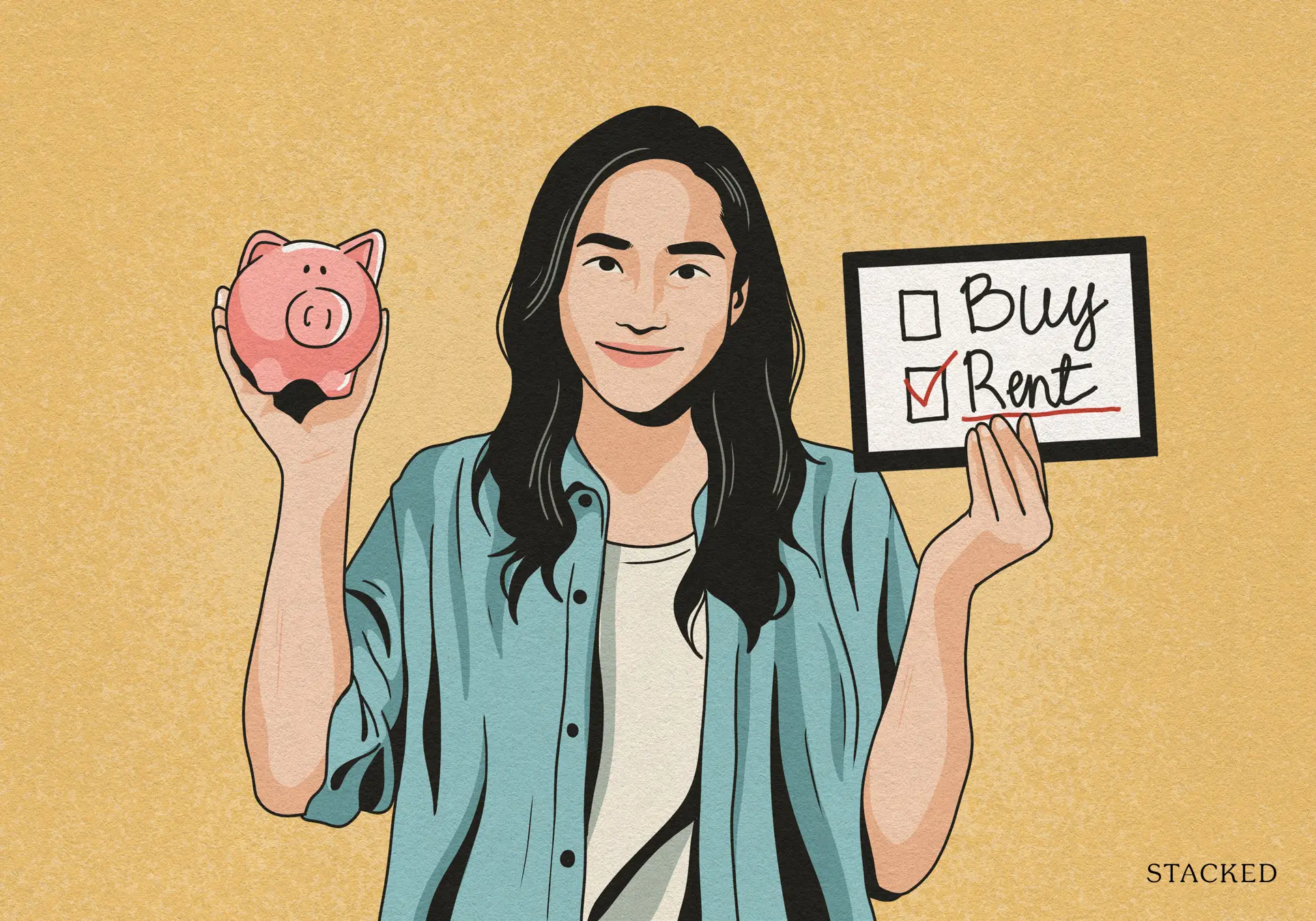
Property Market Commentary When Renting In Singapore Is The Smarter Move — And Buying Can Wait
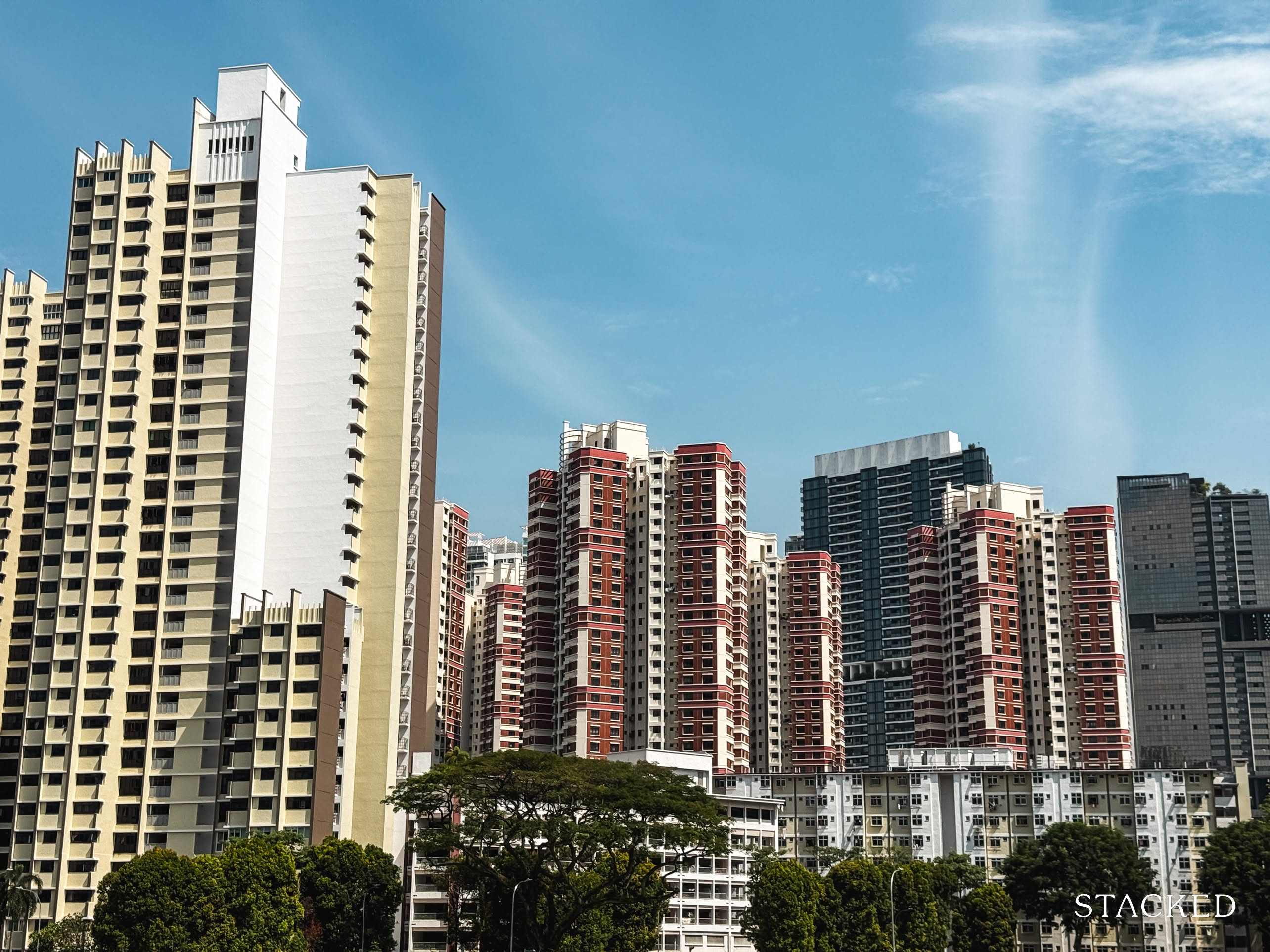
Property Market Commentary A Wave Of New HDB Resale Supply Is Coming In 2026: Here’s Where To Find Them
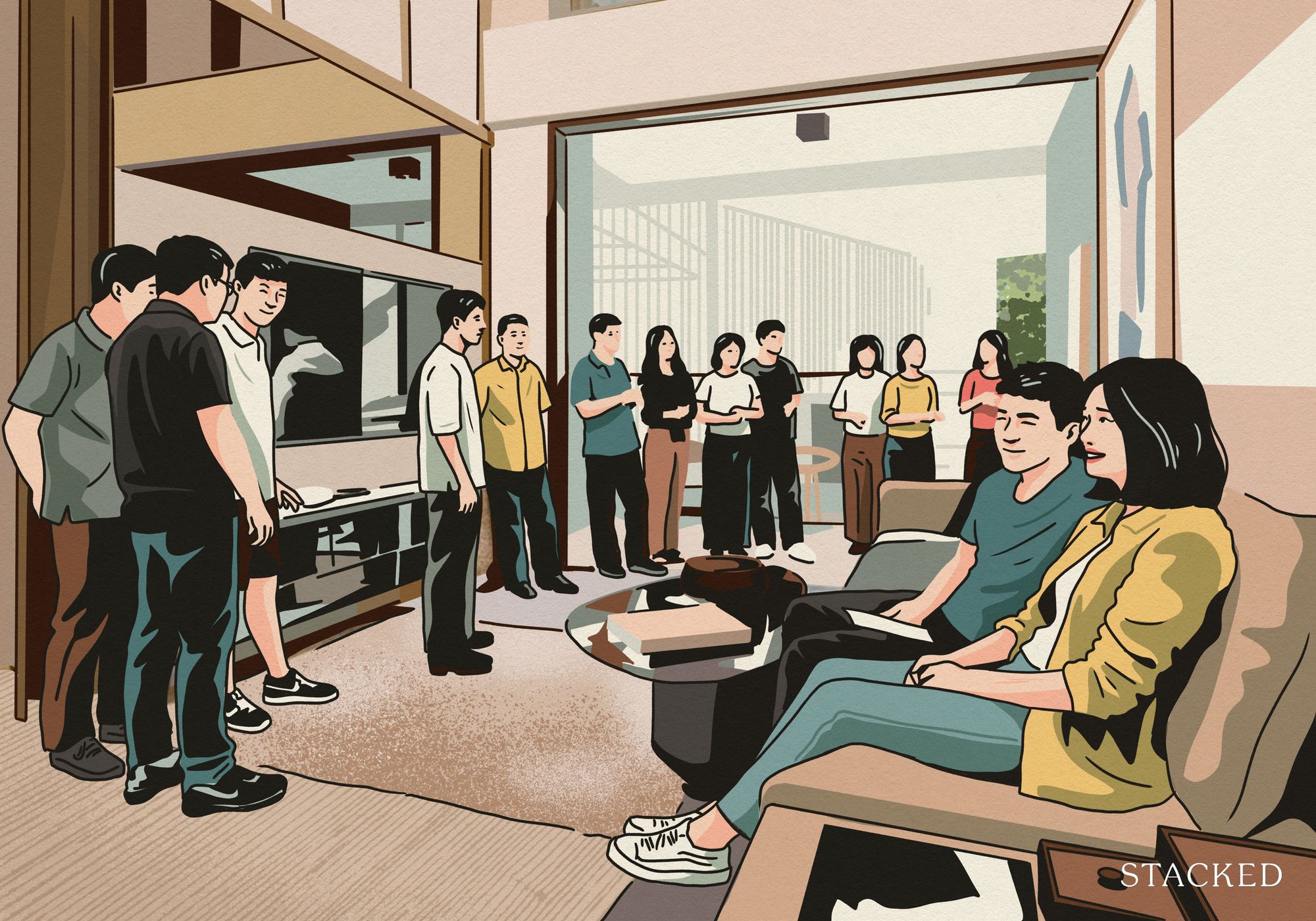
Property Market Commentary 5 Key Features Buyers Should Expect in 2026 New Launch Condos
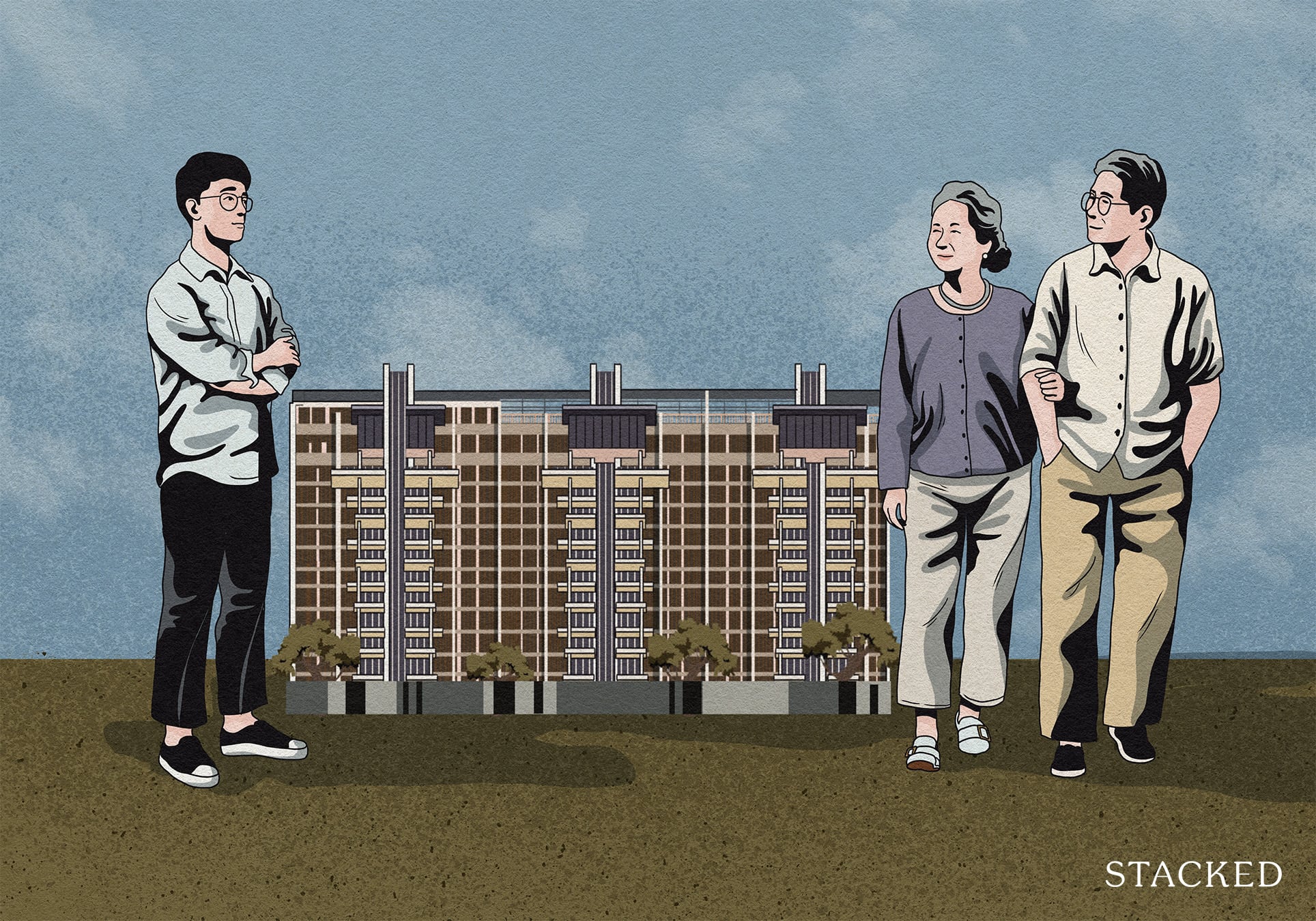
Property Market Commentary What “Lucky” Singaporean Homebuyers Used To Get Away With — That You Can’t Today
Latest Posts
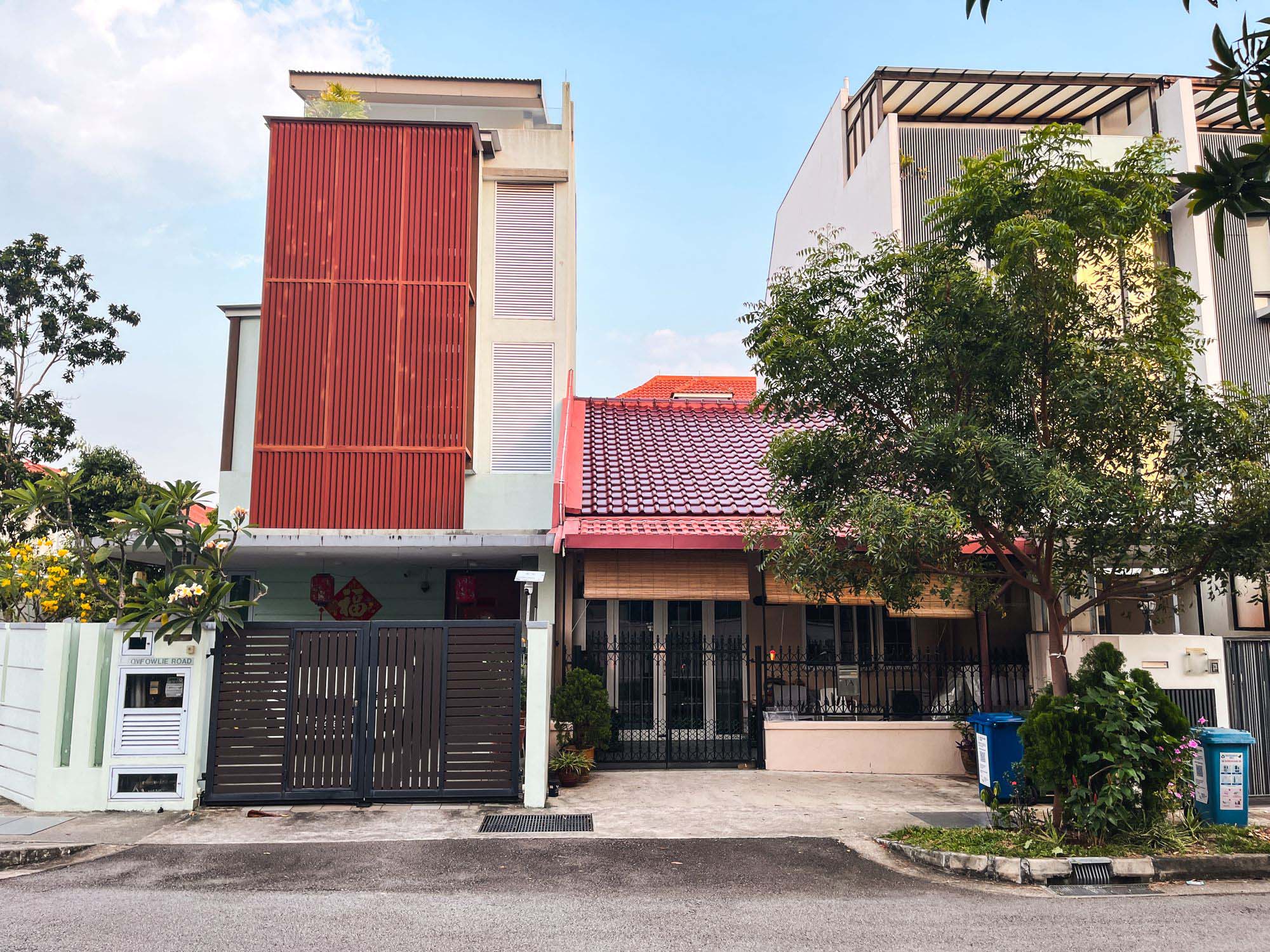
Landed Home Tours Why Singaporean Families Are Looking At This Landed Enclave From Around $4M
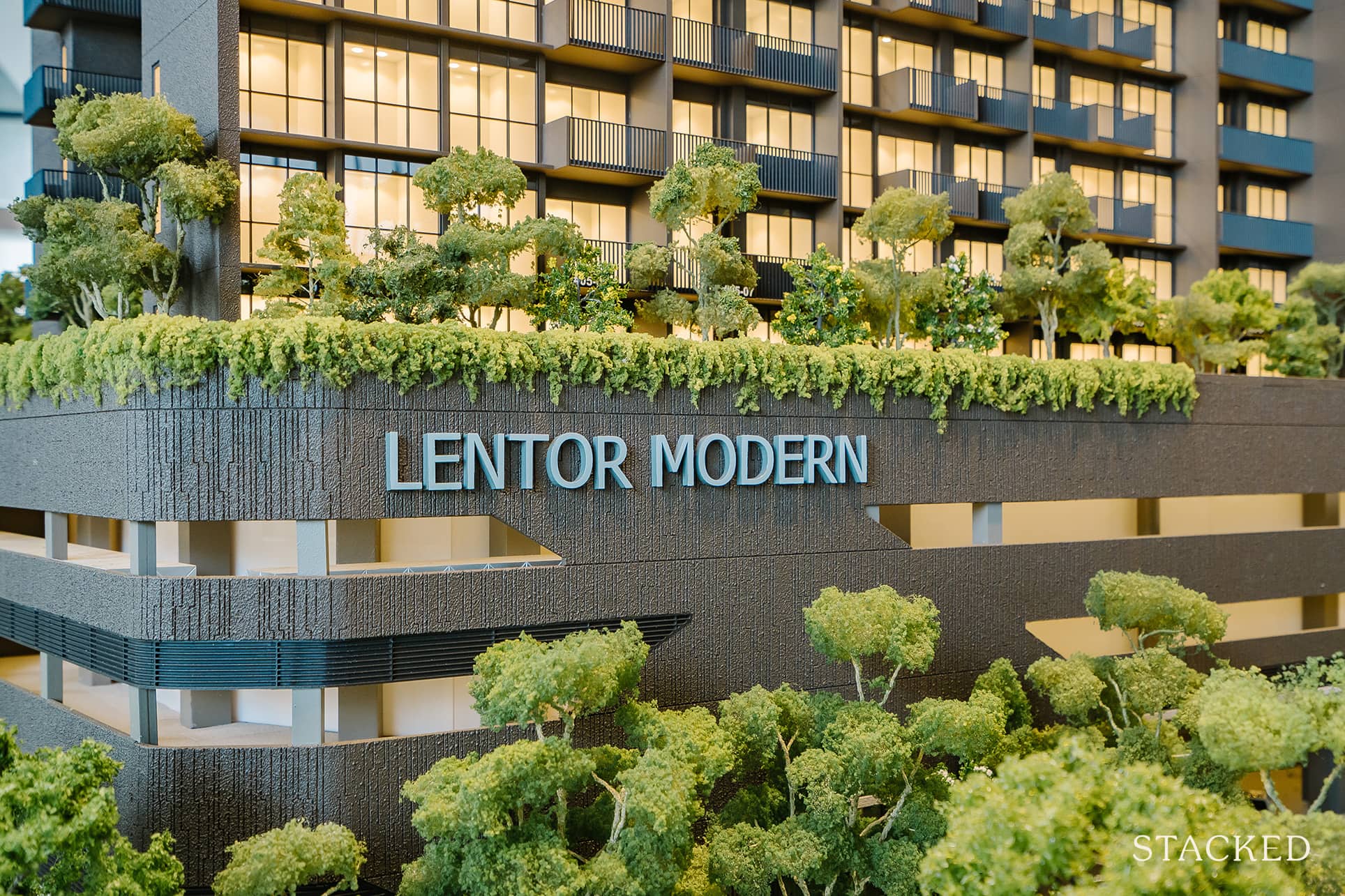
Singapore Property News Lentor’s First Condo Is Complete — The Early Profits May Surprise You
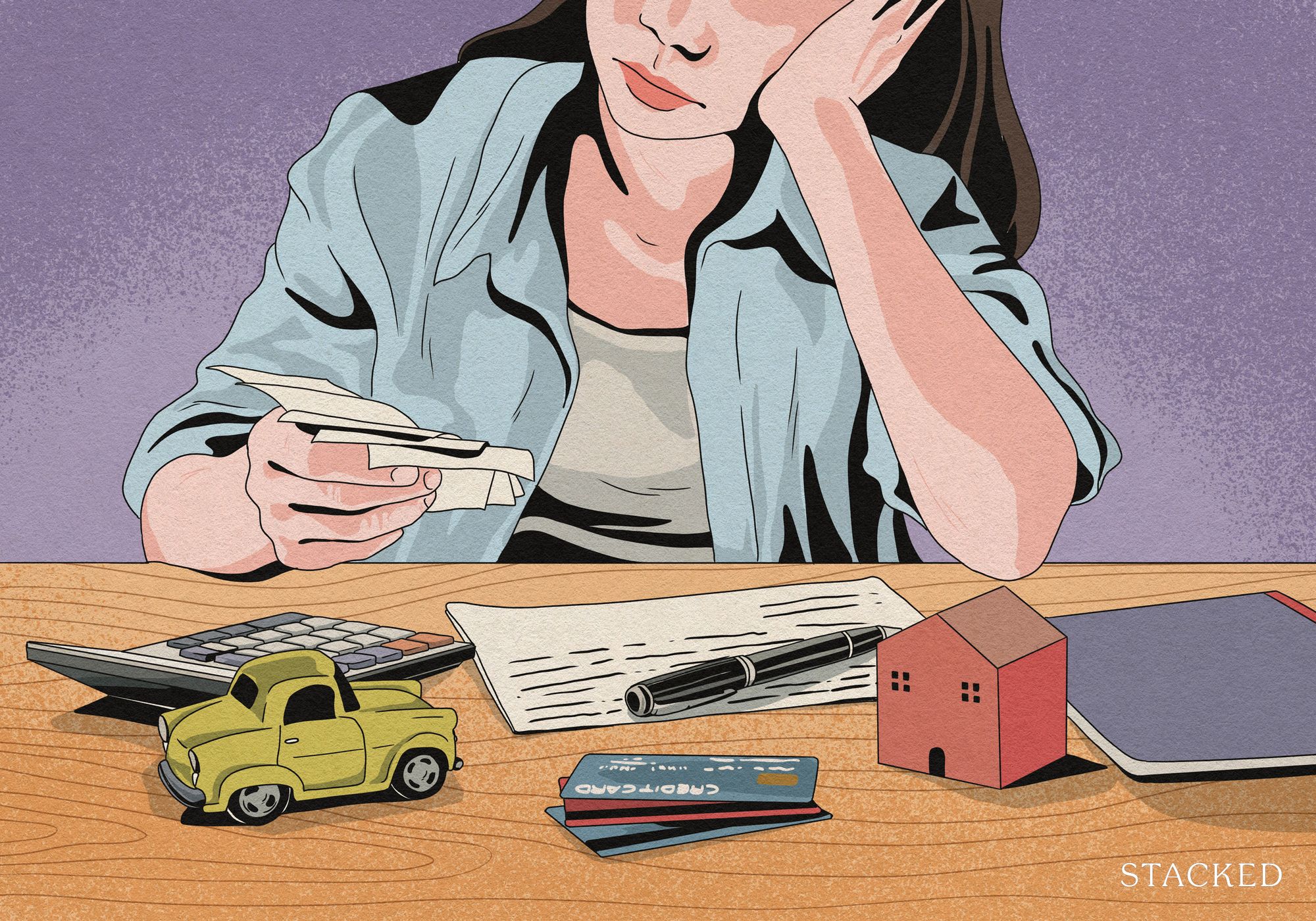
Property Advice We Own A $800K 1-Bedder And A $1.1M 3-Bedder: Is It Possible To Upgrade To A 4-Bedder Condo?
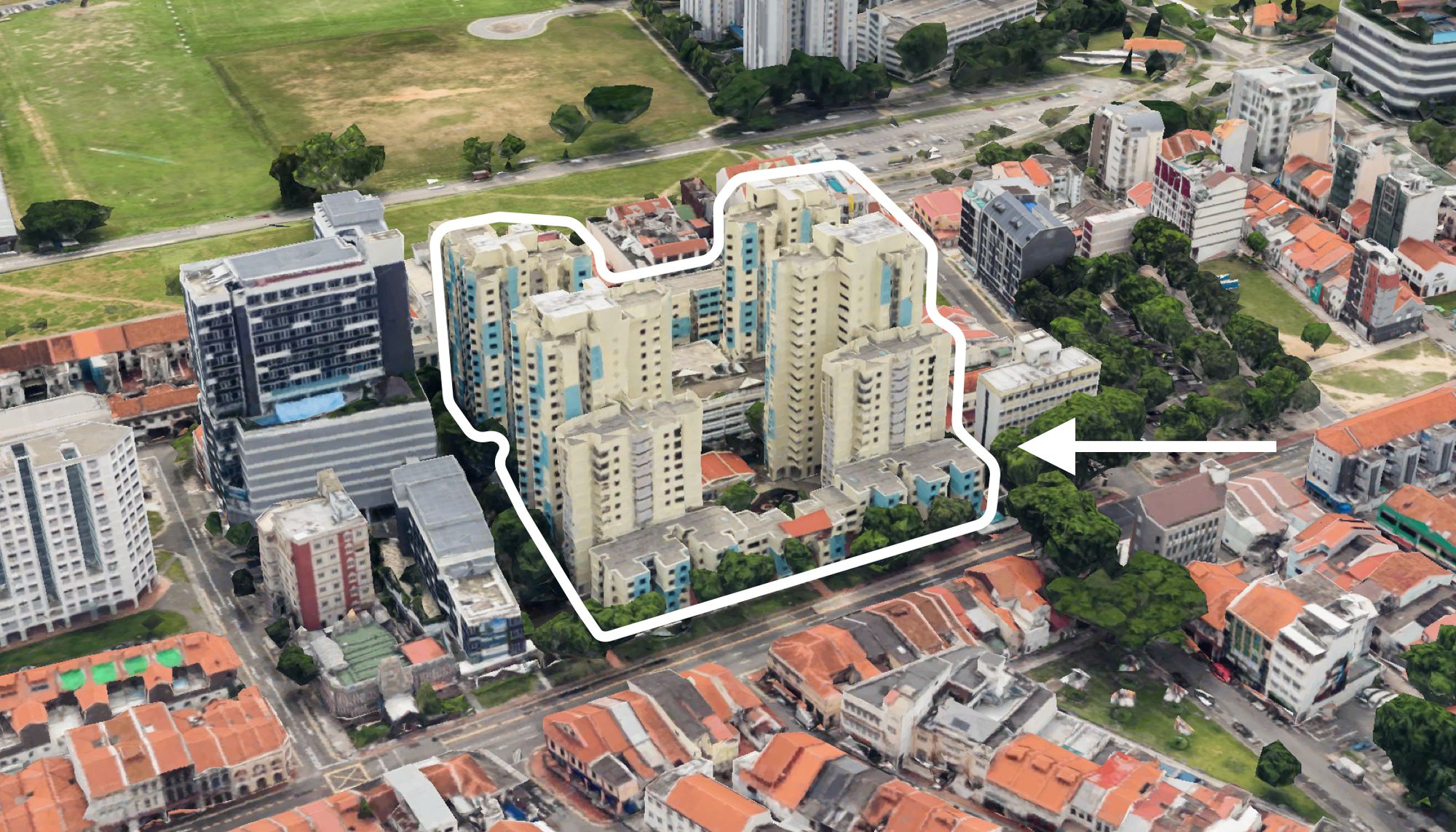
On The Market These Are Some Of The Cheapest 5-Room HDB Flats Left In Central Singapore
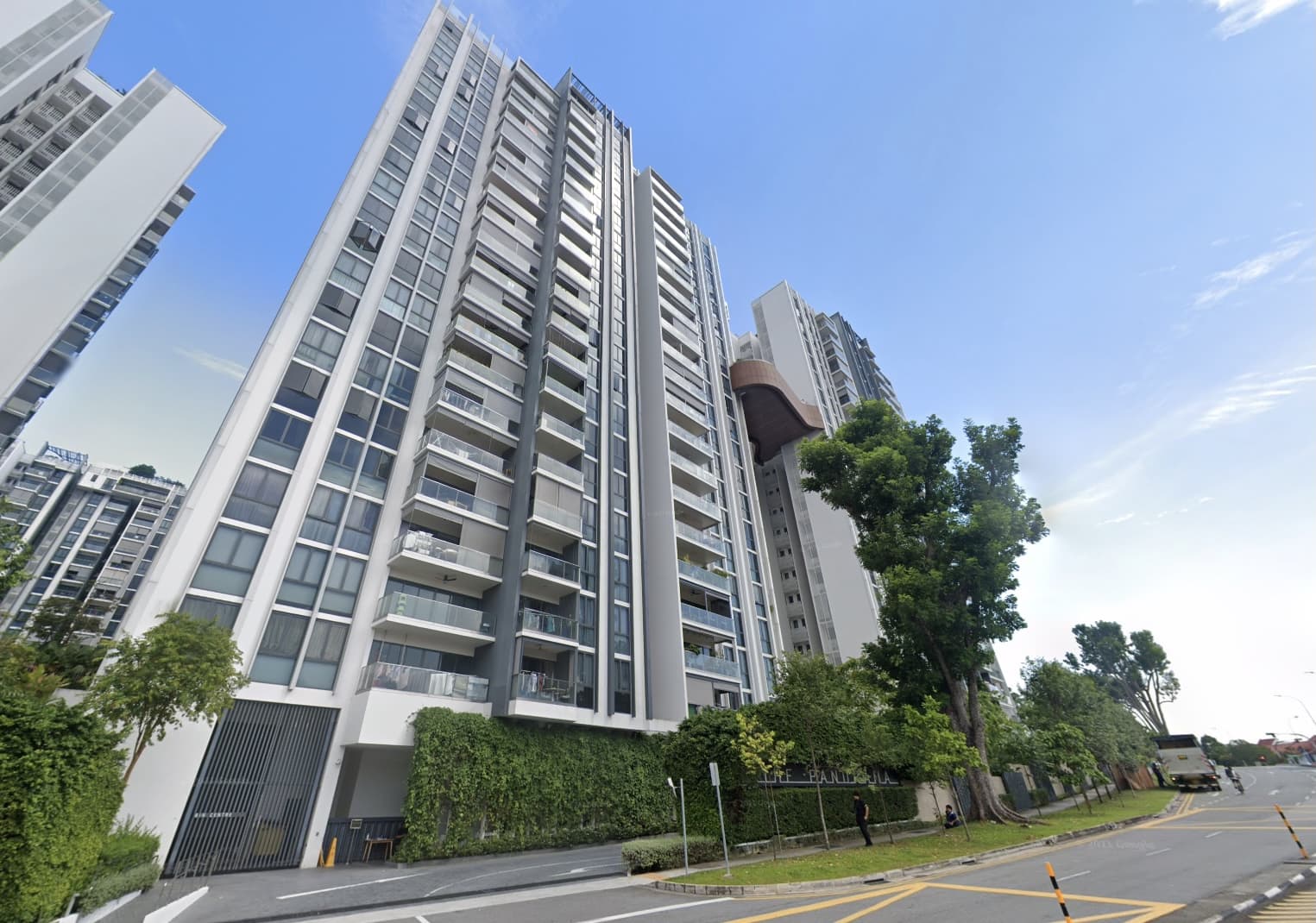
Pro This 698-Unit Ang Mo Kio Condo Launched At The Wrong Time — And Still Outperformed Peers
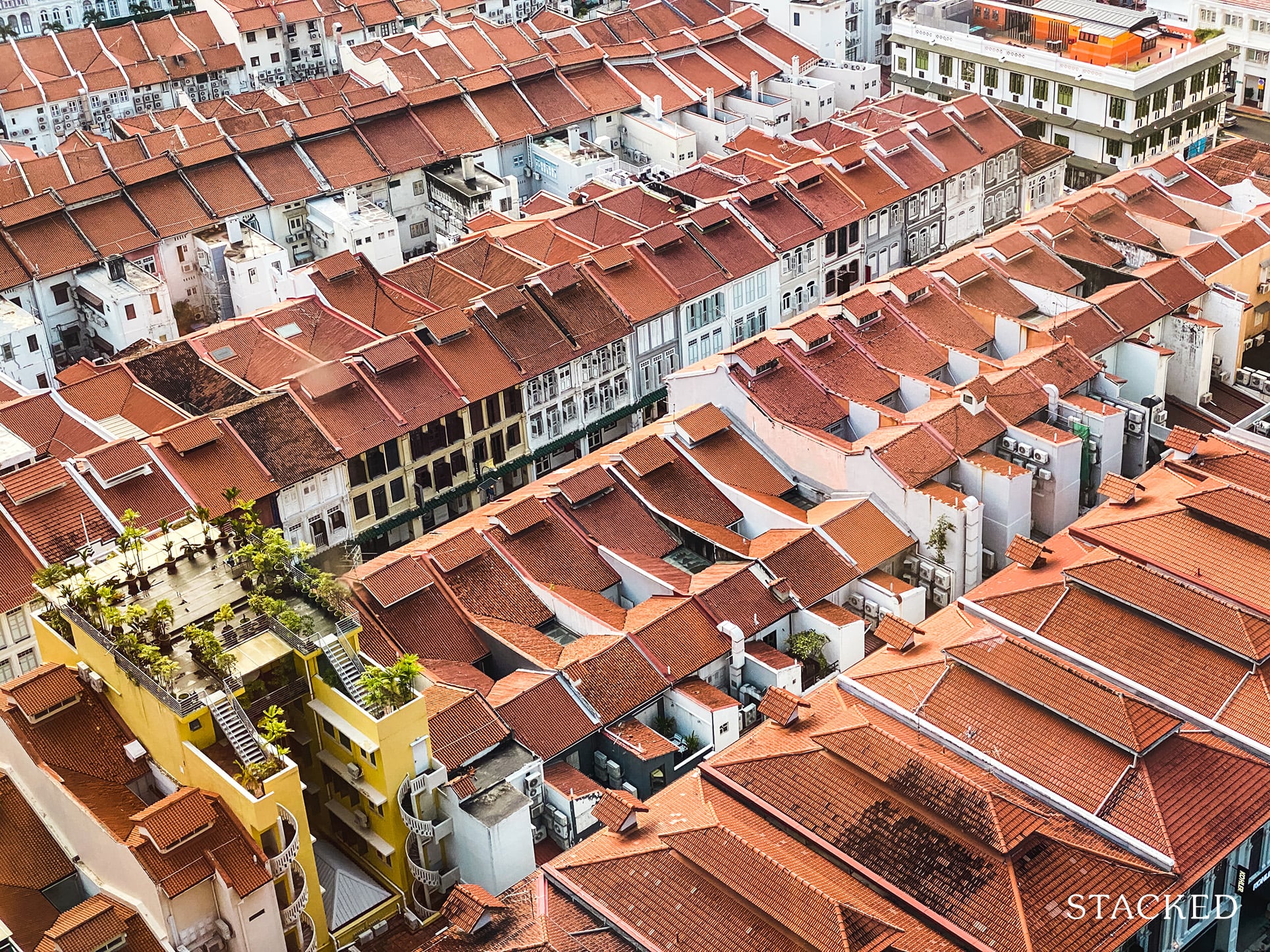
Singapore Property News $281.2M in Singapore Shophouse Deals in 2H2025 — But That Number Doesn’t Tell the Full Story
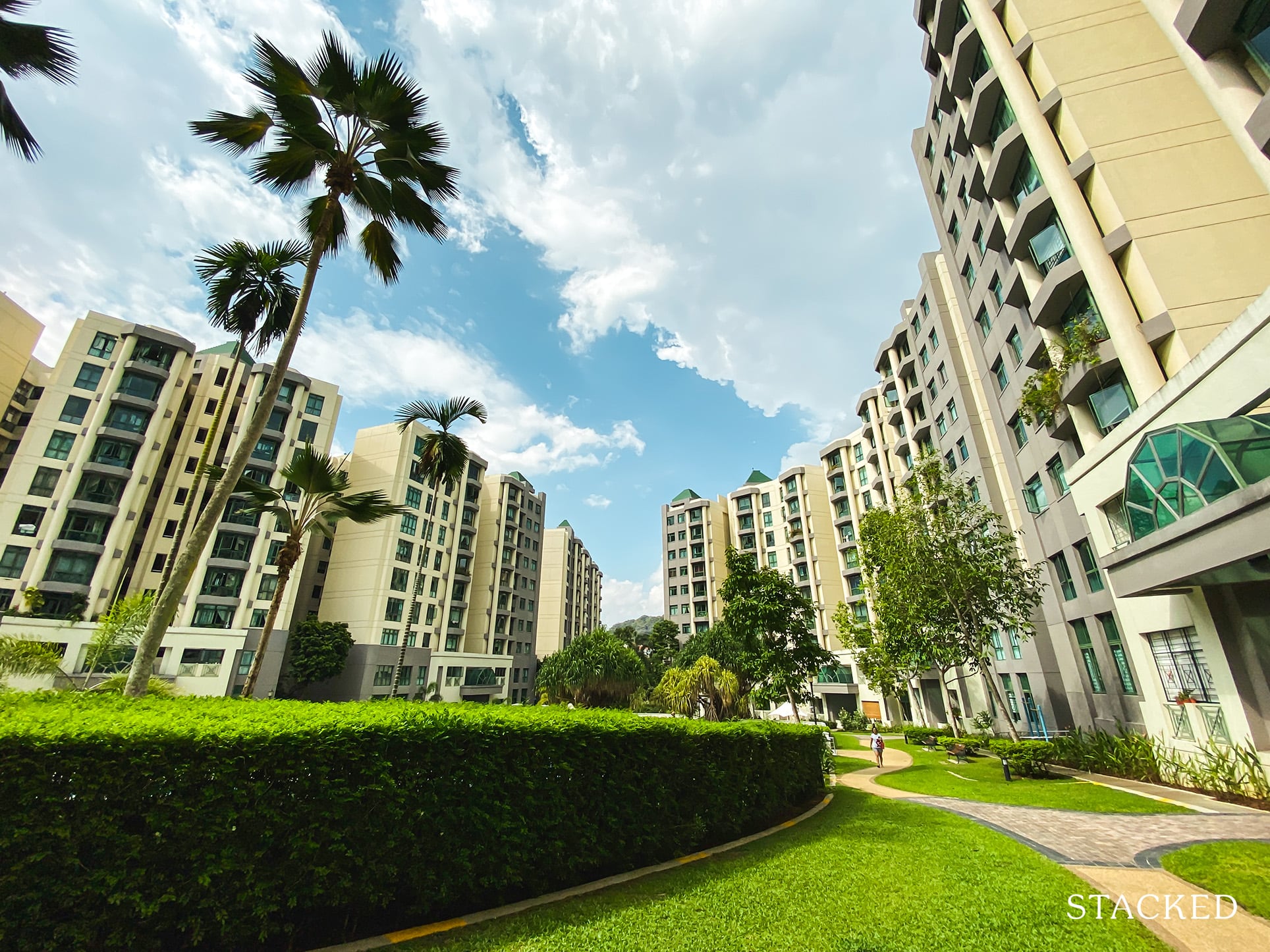
Property Investment Insights These Resale Condos In Singapore Were The Top Performers In 2025 — And Not All Were Obvious Winners

Singapore Property News CapitaLand–UOL’s $1.5 Billion Hougang Central Bid May Put Future Prices Above $2,500 PSF
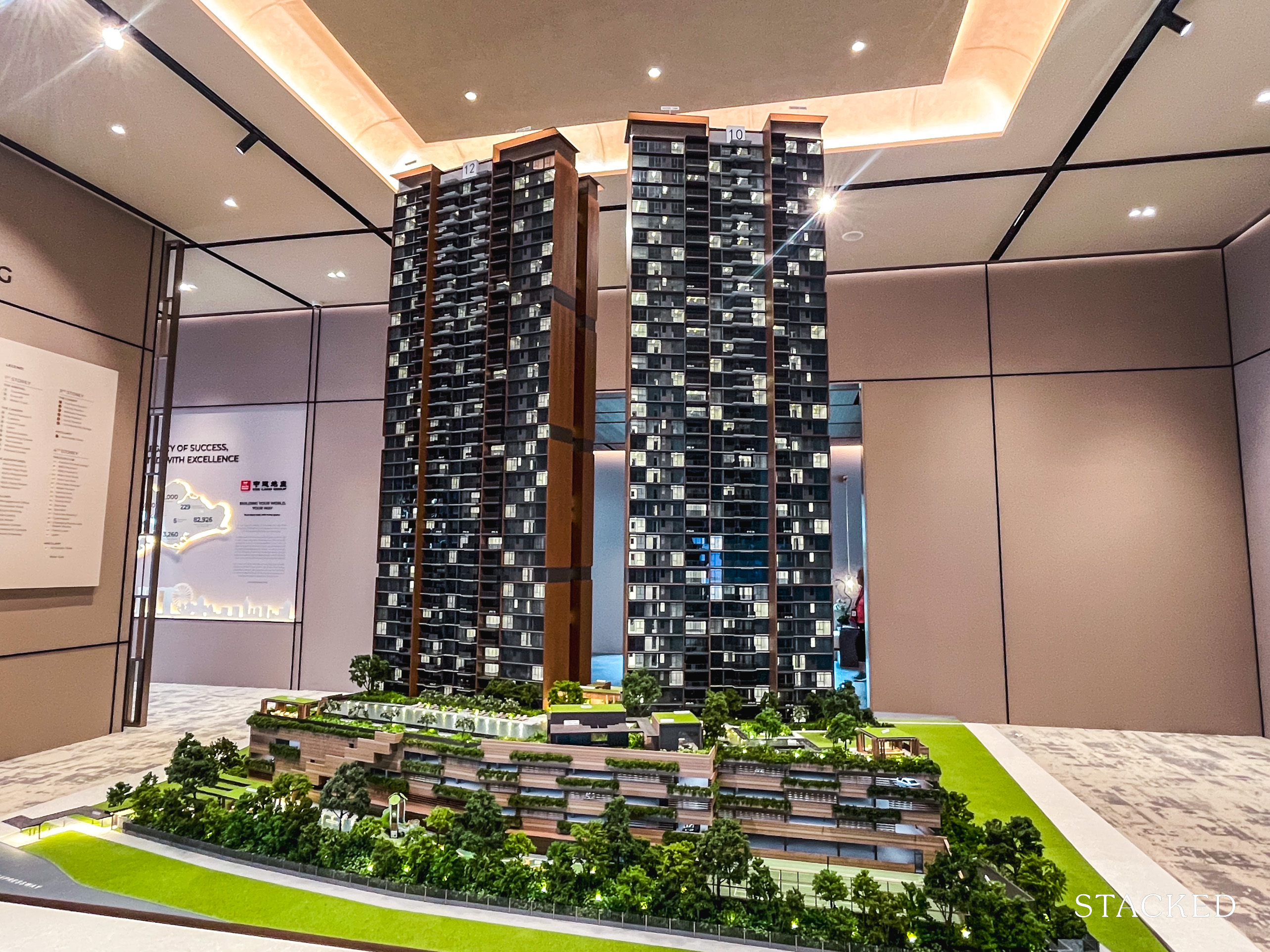
Singapore Property News Why New Condo Sales Fell 87% In November (And Why It’s Not a Red Flag)

Pro How A 944-Unit Mega-Condo In Pasir Ris Ended Up Beating The Market
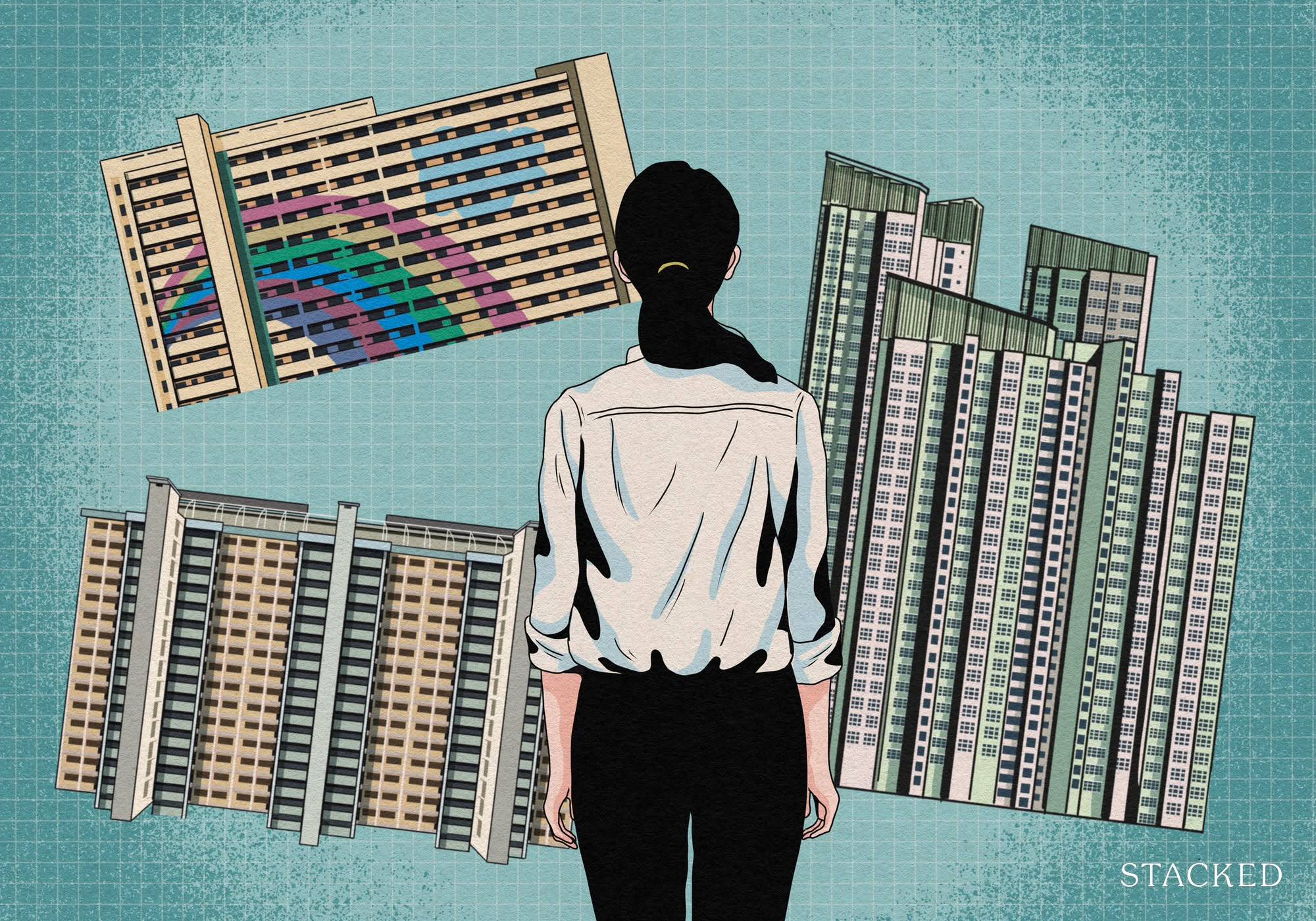
Property Investment Insights What Changed In Singapore’s Property Market In 2025 — And Why It Matters
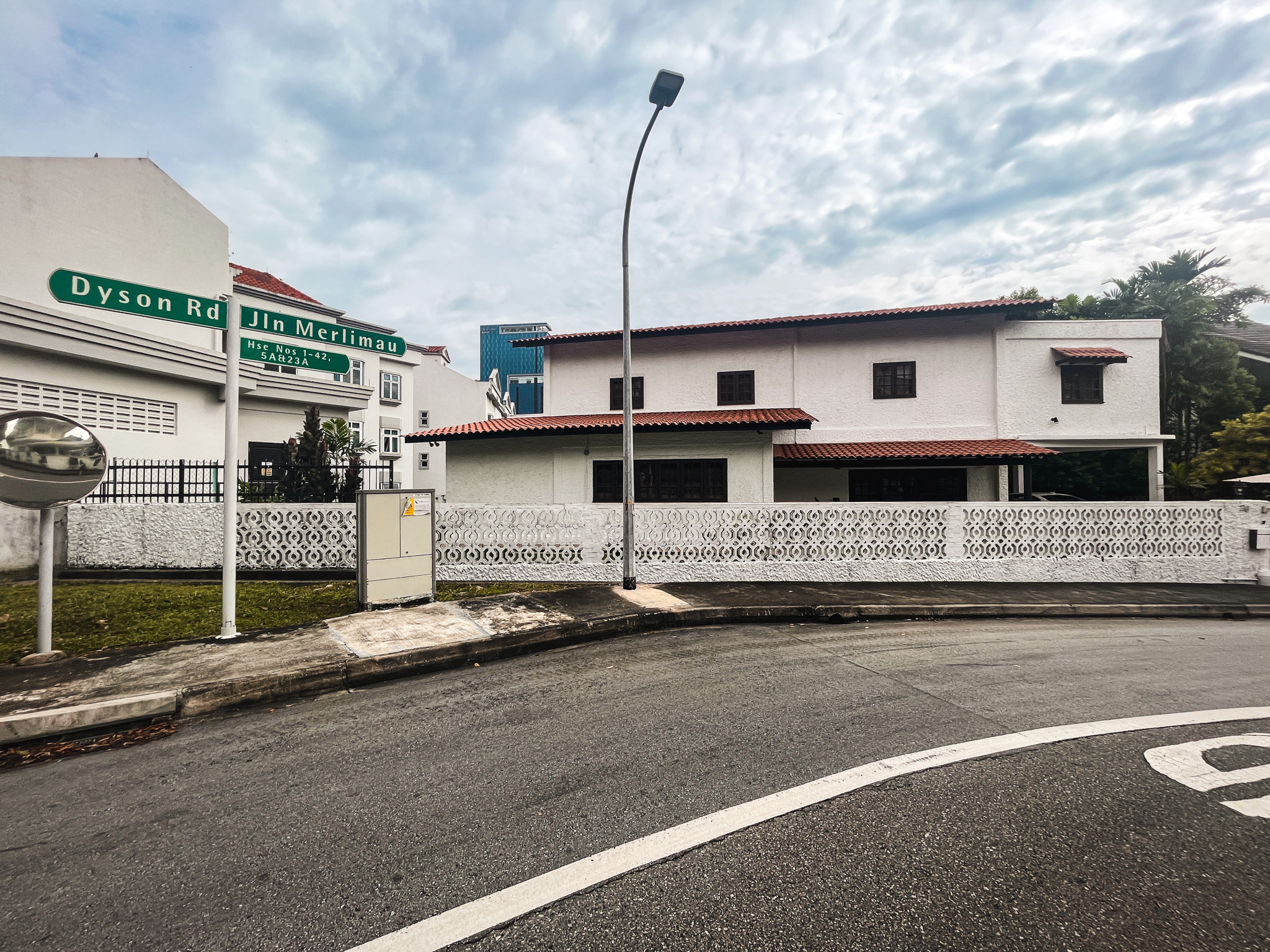
Editor's Pick We Toured A Quiet Freehold Landed Area Near Reputable Schools — Where Owners Rarely Sell

Singapore Property News How Much Smaller Can Singapore Homes Get?

Editor's Pick The Biggest Mistake Singaporeans Make When Analysing Overseas Property

Pro How Much More Should You Really Pay for a Higher Floor or Sea View Condo?
